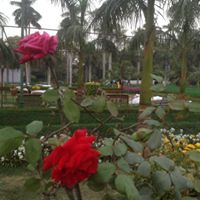Philately is the study of what?
Philately is the study of stamps and postal history and other related items. It also refers to the collection, appreciation and research activities on stamps and other philatelic products. Philately involves more than just stamp collecting, which does not necessarily involve the study of stamps. It is possible to be a philatelist without owning any stamps. For instance, the stamps being studied may be very rare, or reside only in museums.
The origins of philately lie in the observation that in a number of apparently similar stamps, closer examination may reveal differences in the printed design, paper, watermark, color, perforations and other areas of the stamp. Comparison with the records of postal authorities may or may not show that the variations were intentional, which leads to further inquiry as to how the changes could have happened, and why. To make things more interesting, thousands of forgeries have been produced over the years, some of them very good, and only a thorough knowledge of philately gives any hope of detecting the fakes.
Philately uses a number of tools, including stamp tongs (a specialized form of tweezers) to safely handle the stamps, a strong magnifying glass and a perforation gauge (odontometer) to measure the perforation gauge of the stamp.
The identification of watermarks is important and may be done with the naked eye by turning the stamp over or holding it up to the light.
More Info:
en.m.wikipedia.org





